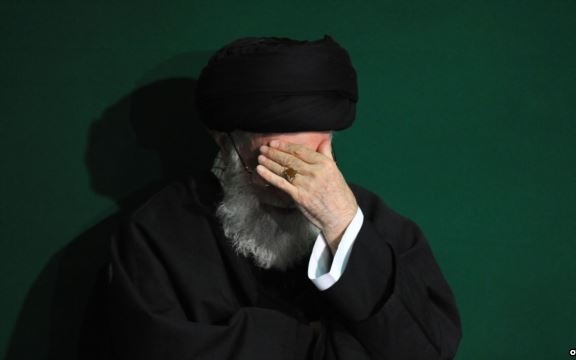Iran’s Supreme Leader: Is his “Resistance Economy” cracking amid internal problems and US sanctions?
In a blow to the regime’s “Resistance Economy”, Iran’s non-oil exports fell 14% between March and November, compared to the same period in 2018.
The Tehran Chamber of Commerce said in a report, based on information from Iranian customs, that non-oil sales dropped to $27 billion in the eight months.
Iran’s customs office has stopped issuing official reports since March 2019, but the total between March and November 2018 was $31.5 billion.
The report also showed a reliance on a handful of purchasers, with 73% of exports taken by China, Iraq, the UAE, Turkey, and Afghanistan.
Last Sunday, President Hassan Rouhani presented a 2020-21 Government budget of about $37 billion which relies heavily on non-oil revenues as well as use of state bonds, sale of state properties. and increased tax revenue.
Only $7.7 billion of the budget is based on oil exports, which have officially fallen between 80% and 95% amid the US sanctions imposed in November 2018.
The International Monetary Fund says that — even with a steady rise in non-oil exports — Iran needs an oil price of $195 per barrel to balance its budget, far above the current price of $65. It projects a fiscal deficit of 4.5% of GDP in 2019-20 and 5.1% in 2020-21.
See also Iran Daily, Dec 9: Rouhani Presents Increased Government Budget — But Where is the Money?
The Supreme Leader has proclaimed since 2012 that Iran can achieve a self-sufficient “Resistance Economy” with diversification of exports beyond oil and gas. But the Islamic Republic has struggled with production, investment, trade, inflation, a historically-weak currency, and environmental damage amid long-term internal problems as well as the American sanctions.
See also Iran Daily, March 21, 2017: Supreme Leader Proclaims “Year of Resistance Economy”

